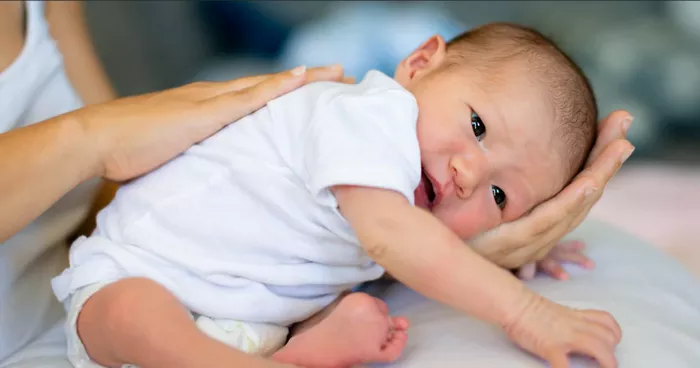At two months old, a baby’s vision is still developing. Understanding how far a two-month-old baby can see helps parents and caregivers monitor their growth and engage with them appropriately. This article explores the visual development of two-month-olds, what they can see, and how to support their vision.
Understanding Vision Development in Infants
Vision development begins before birth. Newborns can see light and shapes but their vision is blurry. As they grow, their sight becomes clearer. By two months, infants have made significant progress in visual acuity.
Vision at Birth
At birth, a baby’s vision is limited. They can see about 8 to 12 inches away. This distance is perfect for focusing on a parent‘s face during feeding. Colors are not very distinct for newborns. They primarily see high-contrast patterns.
Growth by Two Months
By two months, a baby’s visual range expands. They can see objects up to 18 inches away. This distance allows them to notice faces and bright toys. Their eyes begin to focus better. Babies also start to track moving objects.
What Do Babies See at Two Months?
At this age, babies see in a different way than adults. They can perceive light, shapes, and colors. However, their vision is still developing.
Recognizing Faces
Two-month-olds show interest in faces. They can recognize familiar faces, especially their parents. Babies are attracted to high-contrast patterns and bright colors. These elements capture their attention and help in visual development.
Tracking Movement
Around this age, babies begin to track movement. If you move a toy slowly from side to side, they may follow it with their eyes. This skill is important for later development. Tracking helps with hand-eye coordination and visual processing.
Color Perception
By two months, babies can see some colors. They prefer bright colors like red, blue, and yellow. Their ability to distinguish between colors improves as they grow. Bright, colorful toys can stimulate their visual senses.
How to Support Visual Development
Parents can play a crucial role in supporting their baby’s visual development. Here are some ways to encourage healthy vision:
Engage with Your Baby
Spend time close to your baby. Hold them in a position where they can see your face. Talk and make eye contact. This interaction helps strengthen their ability to recognize faces and engage socially.
Use High-Contrast Toys
Choose toys with bold colors and patterns. Black and white toys are particularly beneficial. They stand out and attract a baby’s attention. As your baby develops, introduce toys with more color and detail.
Encourage Tracking
Help your baby practice tracking. Move a toy slowly from side to side in front of them. This activity enhances their ability to follow moving objects. It also aids in eye coordination.
Limit Screen Time
Avoid exposing infants to screens. Babies benefit from real-life interactions more than digital images. Engaging with people and objects helps develop their visual skills more effectively.
Signs of Visual Issues
While most babies develop normally, it’s important to be aware of potential vision problems. Look for these signs:
Lack of Focus
If your baby seems unable to focus on objects or faces, it may be a concern. They should show interest in things around them.
No Eye Tracking
By two months, babies should be tracking moving objects. If they do not follow a toy or your finger, consult a pediatrician.
Excessive Eye Crossing
Occasional eye crossing is normal for infants. However, if it happens frequently, it may indicate a problem. Monitoring eye movement can help detect issues early.
See also: When Do Newborns See Properly
Conclusion
At two months old, a baby’s vision is still in its early stages of development. They can see up to 18 inches away, recognize faces, and begin tracking movement. Parents can support this development by engaging with their babies, using high-contrast toys, and encouraging tracking activities.
Being aware of the signs of potential visual issues is crucial. If you have concerns about your baby’s vision, consulting a pediatrician is always a wise choice. Supporting your baby’s visual development lays the foundation for their future growth and learning.
Related topics:


